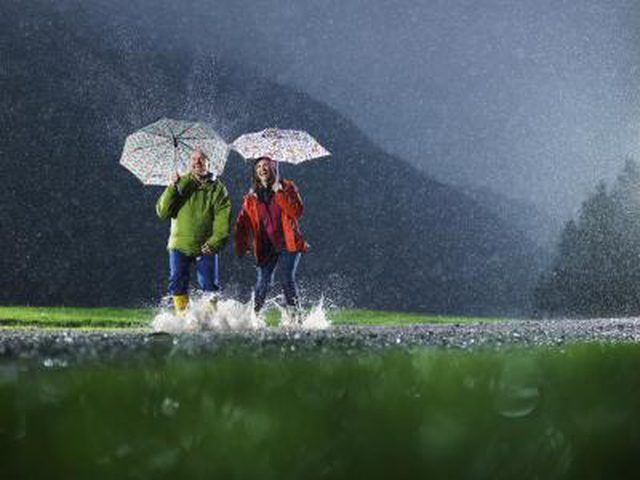Bulbs
Flower Basics
Flower Beds & Specialty Gardens
Flower Garden
Garden Furniture
Garden Gnomes
Garden Seeds
Garden Sheds
Garden Statues
Garden Tools & Supplies
Gardening Basics
Green & Organic
Groundcovers & Vines
Growing Annuals
Growing Basil
Growing Beans
Growing Berries
Growing Blueberries
Growing Cactus
Growing Corn
Growing Cotton
Growing Edibles
Growing Flowers
Growing Garlic
Growing Grapes
Growing Grass
Growing Herbs
Growing Jasmine
Growing Mint
Growing Mushrooms
Orchids
Growing Peanuts
Growing Perennials
Growing Plants
Growing Rosemary
Growing Roses
Growing Strawberries
Growing Sunflowers
Growing Thyme
Growing Tomatoes
Growing Tulips
Growing Vegetables
Herb Basics
Herb Garden
Indoor Growing
Landscaping Basics
Landscaping Patios
Landscaping Plants
Landscaping Shrubs
Landscaping Trees
Landscaping Walks & Pathways
Lawn Basics
Lawn Maintenance
Lawn Mowers
Lawn Ornaments
Lawn Planting
Lawn Tools
Outdoor Growing
Overall Landscape Planning
Pests, Weeds & Problems
Plant Basics
Rock Garden
Rose Garden
Shrubs
Soil
Specialty Gardens
Trees
Vegetable Garden
Yard Maintenance
How to Deal With a Flooded Yard With Only a Garden Hose
How to Deal With a Flooded Yard With Only a Garden Hose. Many homeowners fear flooding. It can ruin yards and gardens and cause countless problems with staining and mold inside the home. Even those who don’t live in flood zones can have flooding problems during very heavy rains or when snow melts in the spring. A great thing to have is a sump...

Many homeowners fear flooding. It can ruin yards and gardens and cause countless problems with staining and mold inside the home. Even those who donít live in flood zones can have flooding problems during very heavy rains or when snow melts in the spring. A great thing to have is a sump pump in your basement, which will keep your house flood-free in all but the worst of conditions.
However, you canít install a sump pump in your backyard. It is also fairly difficult to bail out a yard. A siphon is the easiest, fastest way to drain your yard. You can purchase water pumps that have siphons specially designed for yards, but theyíre not necessary. You can create a siphon using items in your home.
Things You'll Need
Garden hoses
Container for excess water
Connect two or three garden hoses together. If you have a small backyard, this should be enough. For very large yards, use four to six hoses, but connect them in sections of two or three so you can siphon water from either side of the yard to remove it faster. Make sure the connections are good and the hoses have no leaks.
Find a place to direct the water. It should be within reach of your hose and in a place where the excess water will harm no one else. A street drain, nearby creek or pond, or a kids pool will all do fine. Toss one end of the hose into the center of the flood and the other into the receptacle to make sure the hose is long enough. Add another hose if necessary.
Coil the hose loosely together and let one end drop into the flooded area. Lower the rest of the hose into the water and hold it under until bubbles stop forming on the waterís surface. This means the hose is full of water. Place your thumb or palm over the end of the hose closest to you. Make sure the seal is tight so no water escapes.
Drag the end of the hose to the receptacle and get it as close to the receptacle as you can. Direct the end of the hose downward and remove your hand. Water should pour from the end of the hose. This will continue until the flood end of the hose runs out of water.
Watch to make sure the water continues to flow. If it runs out, check on the flood. If there is still water in your yard, repeat Steps 3 and 4 until all of the water is gone.